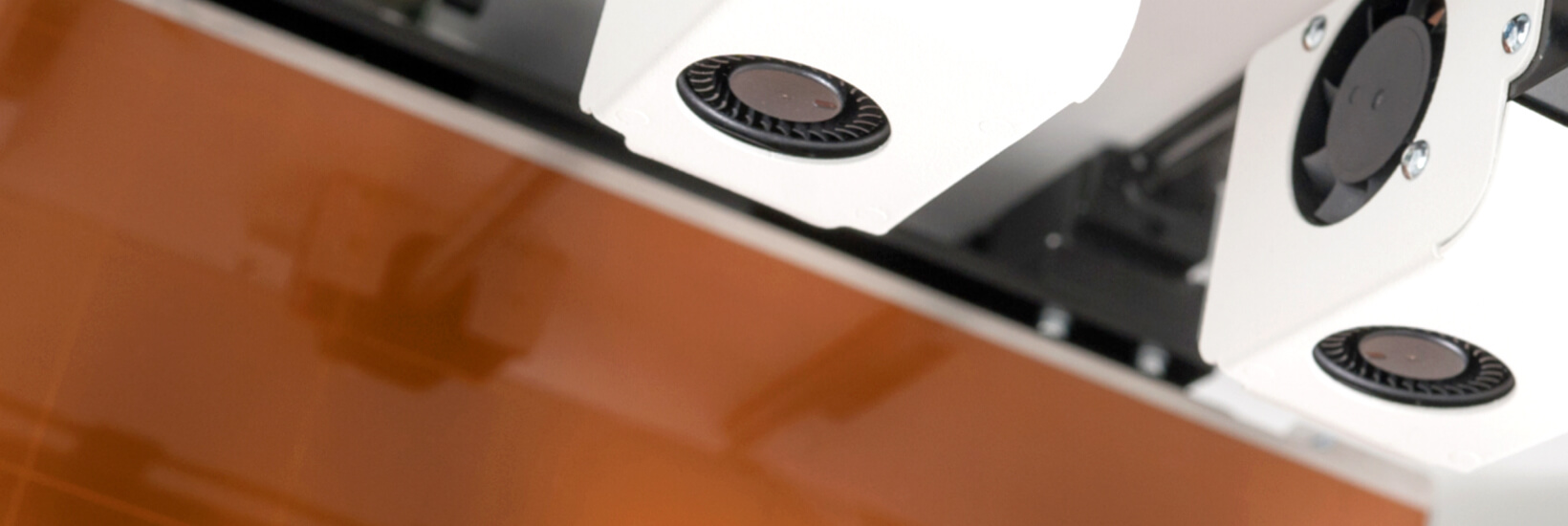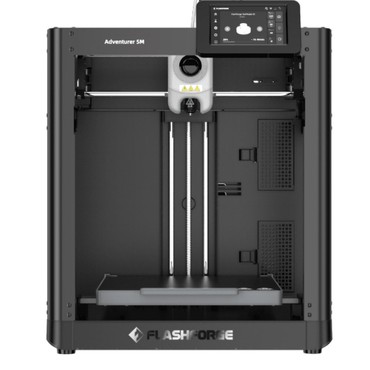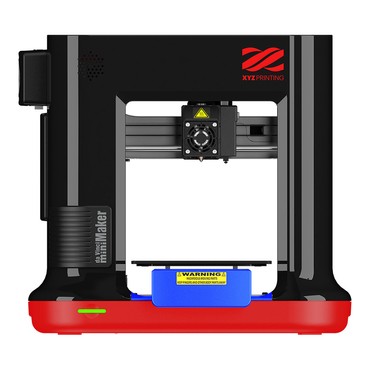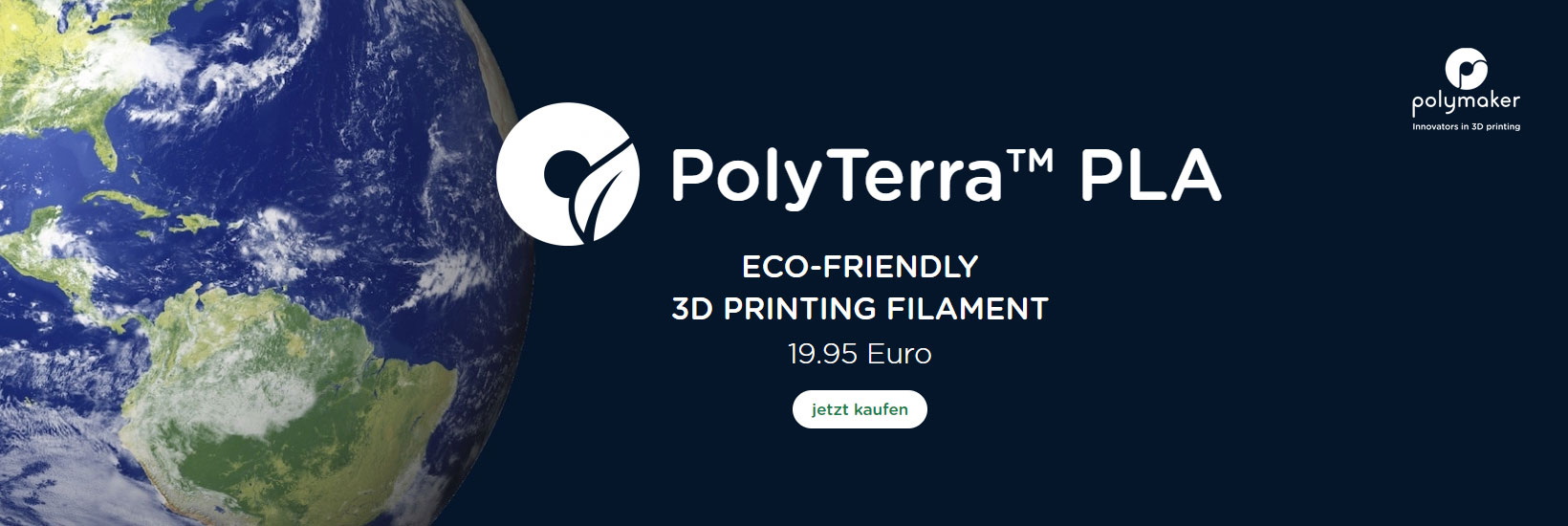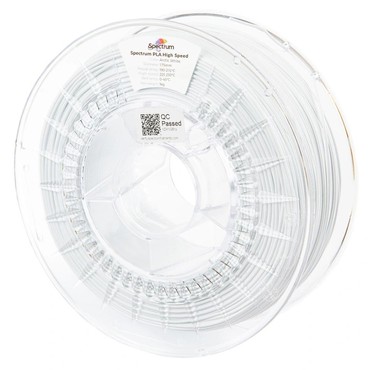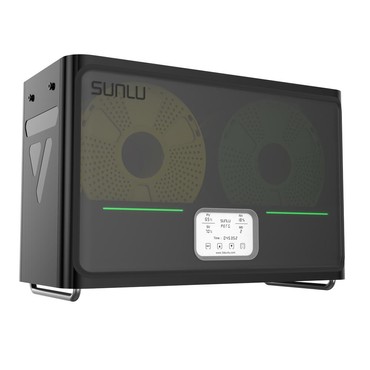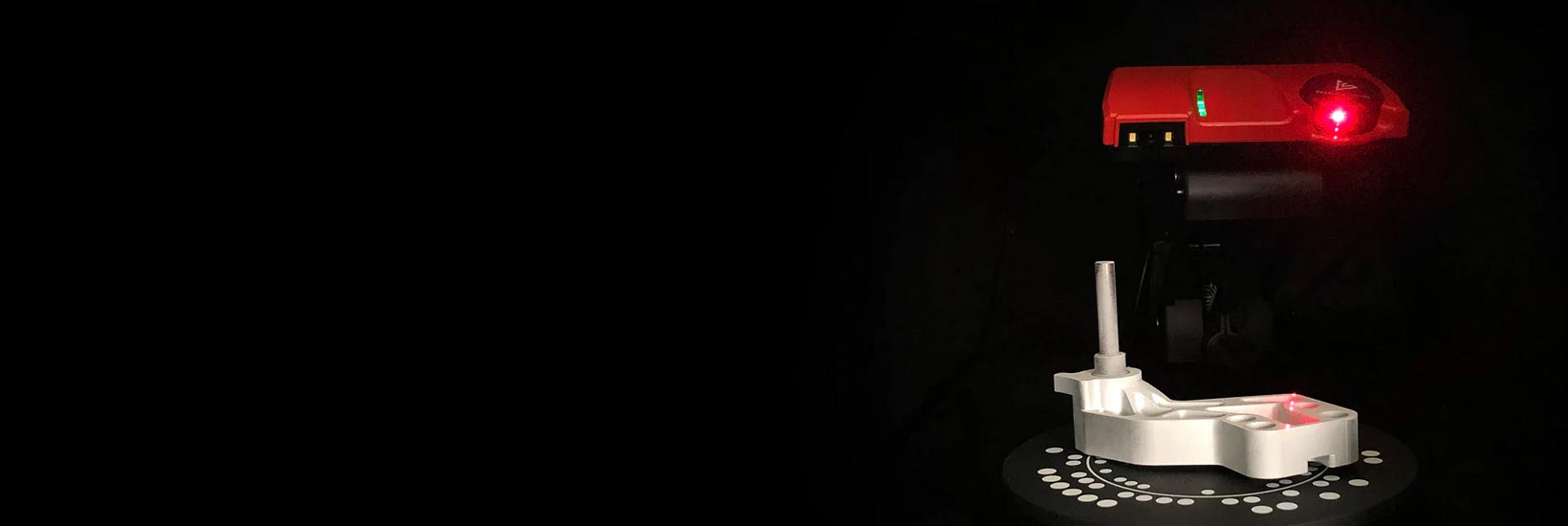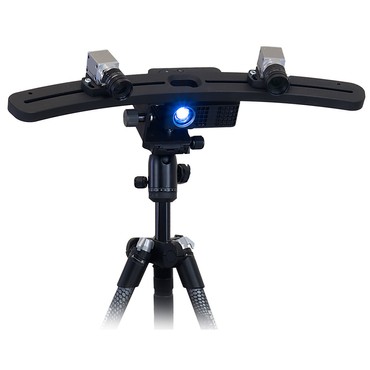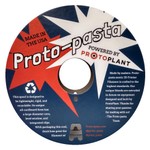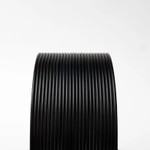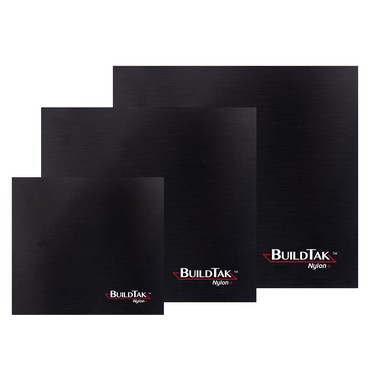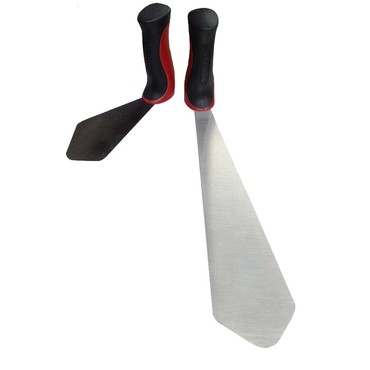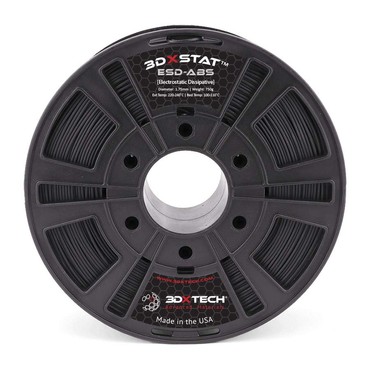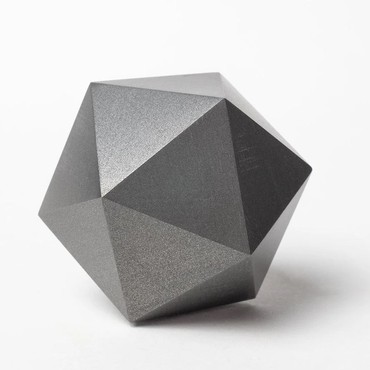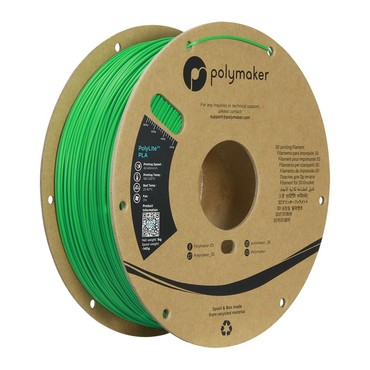Protopasta Electrically Conductive Composite PLA 50g 1.75mm
Conductive Filament - Electrify prints for simple circuits and touch-sensitive devices!
in 1.75mm or 2.85mm / as 125g loose filament or 500g on spool
- Manufacturer: Protopasta
- Manufacturer number: CDP1170
- EAN: 0640970862989
- Item number: 36180
- Availability: from stock > delivery time 1-3 working days

Conductive PLA
Have you ever wanted to create something with your 3D printer that contains electronics? Maybe an LED, a touch sensor or some other ingenious invention to solve the world's problems? Then Protopasta Conductive PLA is the perfect material for you.
Electrify prints for simple circuits and touch-sensitive devices.
Now with improved layer adhesion, increased tear strength, higher melt flow and generally greater consistency for a smoother and higher performing printing experience! Have you ever wanted to create something with your 3D printer that also includes electronics? Maybe an LED, a touch sensor or some other ingenious invention to solve the world's problems? Then Proto-Pasta Conductive PLA is the perfect material for you!
Attention
The processing is comparable to standard PLA, no heated print bed and no other nozzle is required.
How conductive is it?
- Volume resistivity of molded resin (not 3D printed): 15 Ohm-cm
- Volume resistivity of 3D printed parts along layers (x / y): 30 Ohm-cm
- Volume resistivity of 3D printed parts against layers (z): 115 Ohm-cm
- Resistance at 10 cm length with 1.75 mm filament: 2-3 kOhm
- Resistance of 10 cm length with 2.85 mm filament: 800-1200 Ohm
Suggested applications
Protopasta Conductive PLA is a great choice for low voltage applications, touch sensor projects, and using prints to interact with touchscreens (which require low conductivity, which is why you can't use your smartphone screen with gloves on). As a general rule, anything you can run through a 1K resistor should be possible with our material (if you design the conductors to be the right size). This will easily run an Arduino at low current if you don't run it much. Also experiment with ESD or 3D printed bearings!
Strength and performance
The manufacturer has not performed any significant mechanical tests on this product. However, there are some subjective parameters that should be useful when comparing this material with others:
- Strength: Fair strength. More flexible than PLA but less layer adhesion
- Stiffness: Low, semi-flexible
- Heat resistance: Similar to PLA, use below 50°C
- Layer adhesion: Fair layer adhesion. Not as good as regular PLA
- Flexibility: Filament is very flexible but will break if bent repeatedly (especially 2.85mm). Printed parts are rigid if thicker than a mm or two. Thin sections are somewhat flexible but will fail along layer lines if bent more than a few times.
- Failure mode: If bent to the point of breaking, failure will be along layer lines.
- Warping: Very low warping
- Dual-head compatibility: Compatible with (sticks to) PLA in dual-material prints
- density:
1,15 g / cm³ (1500 kg / m³) - Print bed temperature (if available, not required):
50° C. - Printing temperature:
215 - 230° C (we run it on the hotter side to promote layer adhesion)
